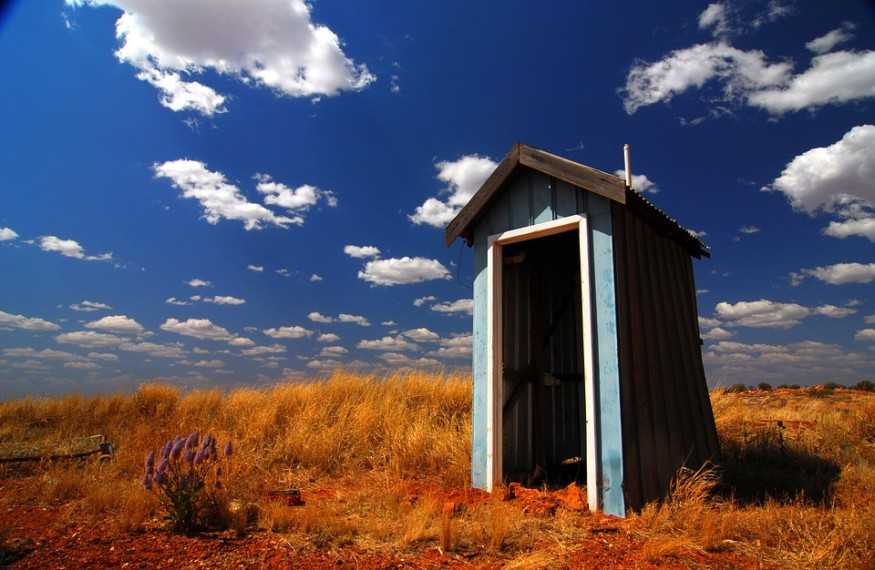Human waste and the lack of adequate toilet facilities in US National Parks harm wildlife and streams, but an entrepreneur proposes a neat solution.
For two decades, Mt Rainier national park ranger Richard Lechleitner dug human waste from backcountry toilets to carry it down from the mountains.
Dirty toilets
Washington state park staff deal with thousands of visitors and climbers to the 14,000-foot active volcano and the pristine glaciers of Mt Rainier every year. In fact, all plumbing can be dirty businesses and have impacts on the environment. More than ever, solutions are being created to make the waste process greener like using toilet bidets to limit the use of toilet paper.
They also deal with unvarnished and horrible toilets. According to Lechleitner, it was dirty and appalling work.

READ: Thai National Park Returns Trash of Campers by Mail
Dilemma in Colorado
US national park managers struggle with this problem regularly. Especially notable is Colorado Rocky Mountain National Park, where toilet paper has become common in the wilderness.
The 265,000-acre national park had 40 percent more hikers and climbers from 2016 to 2019. Hikers flocked to the sheer 14,000-foot Longs Peak mountain.
Around the mountain, only four toilets miles apart exist. Conditions were repulsive. Fecal matter repeatedly froze and thawed, rising above the toilet seat.
The rangers had to dig it from its chamber, load it in the bucket, and let a pack animal bring it down.
READ ALSO: 5 Baby Gorillas Born in Bwindi, Uganda Bringing Joy to Mountain Gorilla Conservation Workers
The horrible state of toilets
Toilet entrepreneur Geoff Hill said it is among the worst kinds of work. He was a doctoral student who studied backcountry waste and worked with park rangers.
The sordid state of the toilets caused hikers to instead dig shallow holes or simply put a rock over their feces.
Pathogens from these materials contaminate streams and affect high-altitude wildlife, including marmots. These beaver-like animals sometimes get stuck in the chambers and become covered with waste.
New solution
However, the park has pioneered a solution. Hill designed a device known as ToiletTech.
This system separates solid waste from urine, resulting in a cleaner product that makes work easier for the rangers.
How Toilet Tech works
Under the toilet seat, the feces goes to a conveyor belt. The urine flows into another pipe leading to a separate septic field.
There is a foot-powered pump that activates the conveyor belt to bring the fecal matter to a chamber where it stays dry and lightweight, free from viruses that are usually present in waste drenched in urine.
These facilities replaced the Longs Peak toilets and helped reduce solid waste. Now, managers already installed the toilets in Zion National Park's Angels Landing, at Oregon Terwilliger Hot Springs, and Mt. Rainier.
Lechleitner wants to buy more toilets for Mt Rainier's backcountry camps.
Disadvantages
On the other hand, Hill's toilets still do not eliminate the expensive need for flying the waste out through a helicopter.
In addition, the toilets are also expensive, priced at 4,000 dollars per toilet. The National Park System has notoriously backlogged maintenance upgrades.
Cheaper waste control method
There is another solution implemented in Mt. Rainier, which is for climbers to be required to bring their own feces down from the mountain.
Land managers supply them with plastic bags that have inner linings that seal and partially neutralize the smell; otherwise, they ask climbers to bring their own bags.
This technique helped in the protection of the Coyote Gulch canyons in the Glen Canyon recreational park in Utah, as well as other canyons. Its dry environment does not easily degrade waste, and its remoteness means it has just one toilet, according to park ranger Steve Henry.
Henry says people like the idea, although in general, people do not want to carry back their own human waste for many days while hiking in US National Parks with inadequate toilet facilities.
READ NEXT: California's Least-Visited National Parks: The Coolest Places in America
Check out more news and information on National Parks on Nature World News.
© 2025 NatureWorldNews.com All rights reserved. Do not reproduce without permission.





